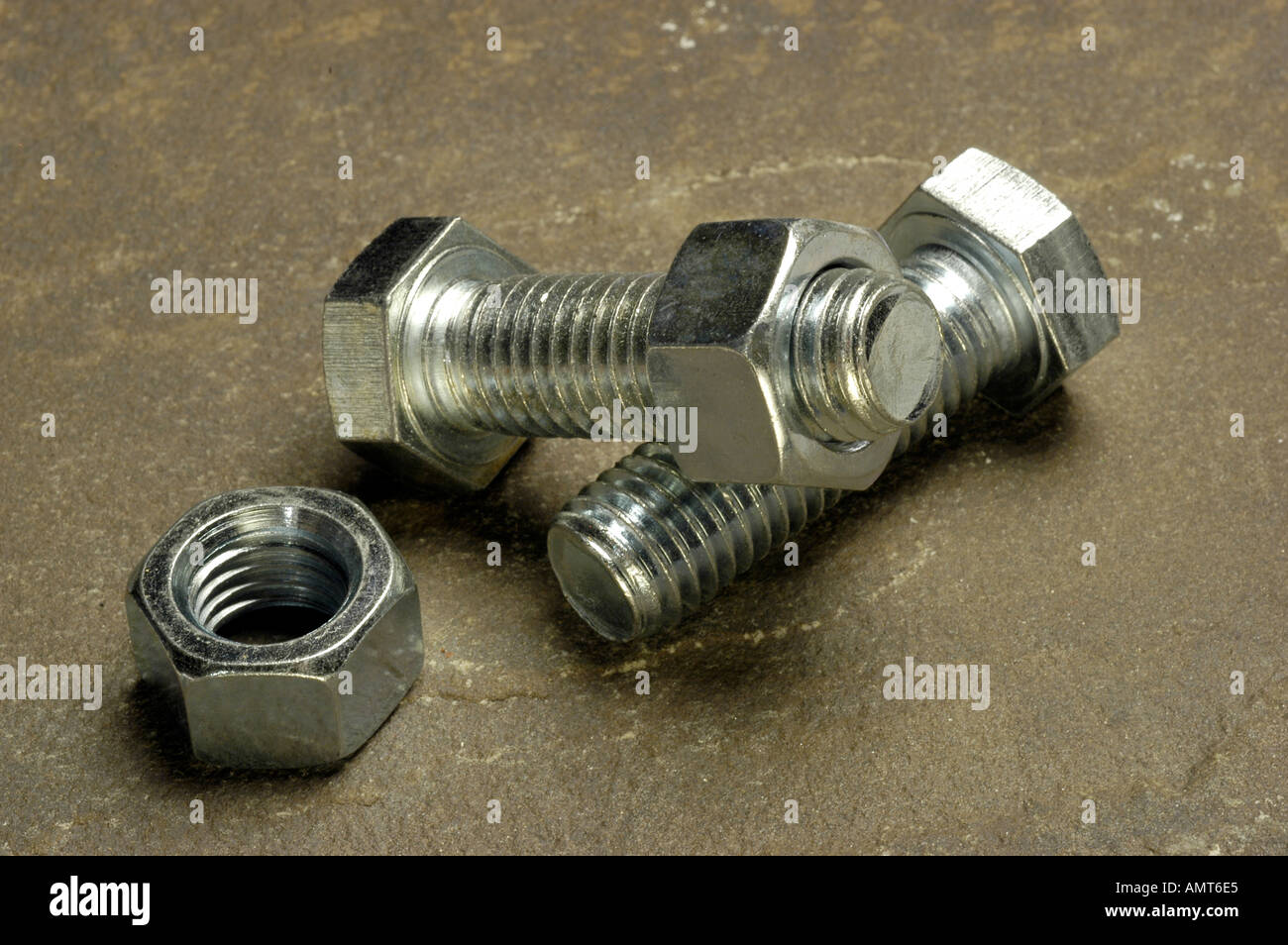When it comes to building, automotive repair, or even common DIY projects, fasteners are the unsung heroes that hold it all in place. These fasteners come in a myriad of shapes, sizes, and materials, each designed for particular tasks and applications. Grasping the journey of these essential components, from basic elements to the racks of your local hardware store, can enable both experts and enthusiasts to make informed decisions about which hardware will best meet their requirements.
In this thorough guide, we will explore the intriguing world of fasteners by digging into their categories, purposes, and the critical factors to think about when choosing the right hardware for your projects. From heavy-duty building to intricate automotive repairs, we’ll cover the popular types, their unique applications, and provide understanding into the variations between various types such as machine fasteners, structural bolts, and more. Whether you are a seasoned expert or just starting, our exploration into the realm of fasteners will prepare you with the insight to choose the best choices for durability and dependability.
Types of Fasteners and Screws
Fasteners and screws are vital fasteners used in a variety of applications, from building to vehicle repairs. They are available in multiple types, every one designed for specific uses and performance requirements. When selecting the right type of fastener or bolt, it’s crucial to consider factors such as load-bearing capacity, material compatibility, and surrounding factors. Knowing the distinctions can help you select the most suitable component for your task.
Bolts are typically categorized into multiple common types, including hex, carriage, and lag bolts. Hexagonal screws have a six-sided head that can be tightened using a wrench, making them flexible for various applications. Rounded head screws, characterized by a rounded head and square neck, are typically used in wood connections and can be installed quickly. Lag bolts are designed for robust fastening into wood and offer superior holding power, making them ideal for construction applications.
Fasteners also come in many varieties, including standard, lock, and flange fasteners. Regular nuts are the most widely used and can be used with any matching bolt. Security nuts provide extra security by preventing unfastening due to shaking, which is important in mechanical assemblies. Flange fasteners have a built-in washer, spreading the load and enhancing grip, making them an excellent choice for uses with restricted space or where vibration is a concern.
Materials and Finishes
When it comes to selecting fasteners, the materials used play a essential role in determining their durability, and suitability for particular applications. Steel is one of the most common materials, known for its superb tensile strength and versatility. It can be combined with various elements to enhance its properties, making it suitable for a diverse set of construction and manufacturing tasks. Bolts and Nuts Store and titanium are also popular materials, particularly in applications where corrosion resistance and weight reduction are important factors. Copper is often used in plumbing and electrical applications, while titanium is favored in aerospace and high-performance contexts due to its impressive strength-to-weight ratio.
Surface finishes applied to nuts and bolts can significantly influence their performance and lifespan. Zinc plating is a widely used coating that offers basic corrosion resistance by creating a barrier between the metal and environmental factors. Hot-dip galvanizing provides a more substantial zinc layer, making it suitable for outdoor applications where exposure to moisture is a issue. Additionally, coatings like resin or powder coating can improve aesthetics and add further protection against rust and wear, making them ideal for decorative and long-lasting projects.

In niche applications, selecting the right material and coating becomes even more critical. For example, corrosion-resistant steel fasteners are favored for their superior corrosion resistance, making them perfect for marine and outdoor environments. On the other hand, corrosion-resistant coatings can protect ordinary steel fasteners when high-grade steel is not an option. Understanding the properties of various materials and coatings is essential for ensuring the longevity and dependability of nuts and bolts in any given project.
Purchasing Guides and Analysis
Regarding purchasing nuts and bolts, knowing what to look for is key to ensuring you select the suitable fasteners for your unique needs. Begin by assessing the substances and finishes available, as they play a critical role in resilience and functionality. For exterior projects, consider corrosion-resistant options like zinc-plated fasteners. It's also essential to evaluate the load and load requirements of your project to select a bolt that can withstand the pressure without collapse.
An additional important factor to consider is the size of nuts and bolts. Proper sizing practice is vital for a proper fit, so familiarize yourself with both metric system and US customary systems and how to measure precisely. Keep in mind that different applications may require different thread types, such as coarse threads, light threads, or standard threads. Understanding these details will help you prevent purchasing fasteners that are ill-fitted for your project.
In conclusion, it's wise to evaluate bolt grades, as different grades indicate varying strengths and uses. Consult bolt strength contrast charts to easily find which fasteners meet your project's requirements. Researching specialty fasteners, such as tamper-proof options, can also add an extra layer of protection for sensitive applications. By taking the time to investigate these aspects, you can make informed decisions and invest in high-quality fasteners that will ensure the effectiveness of your projects.
